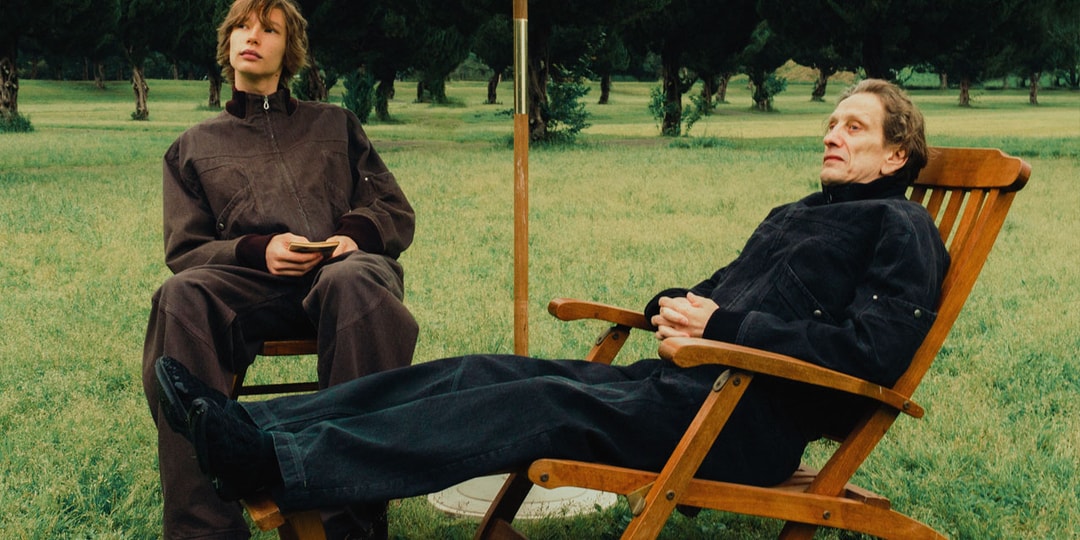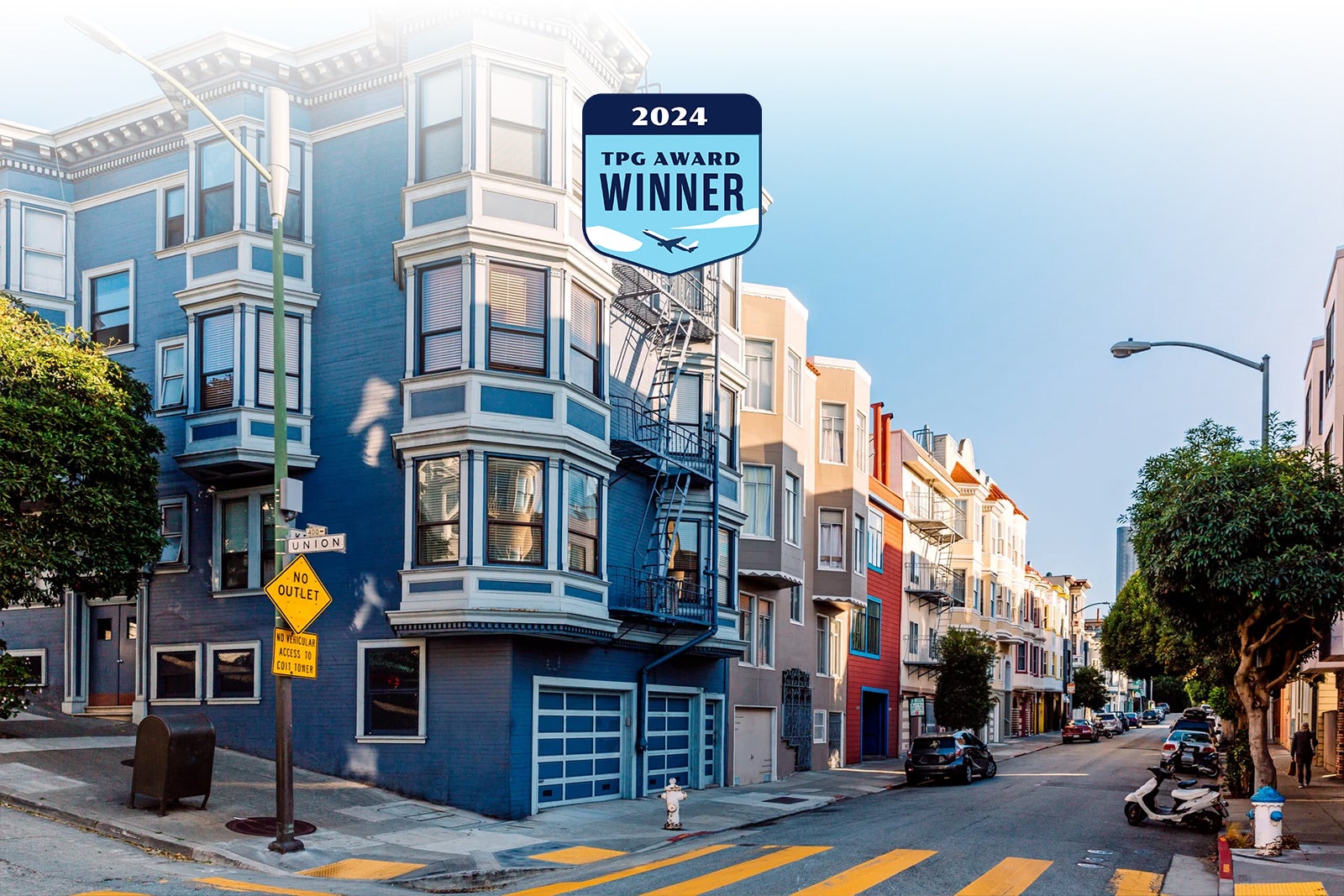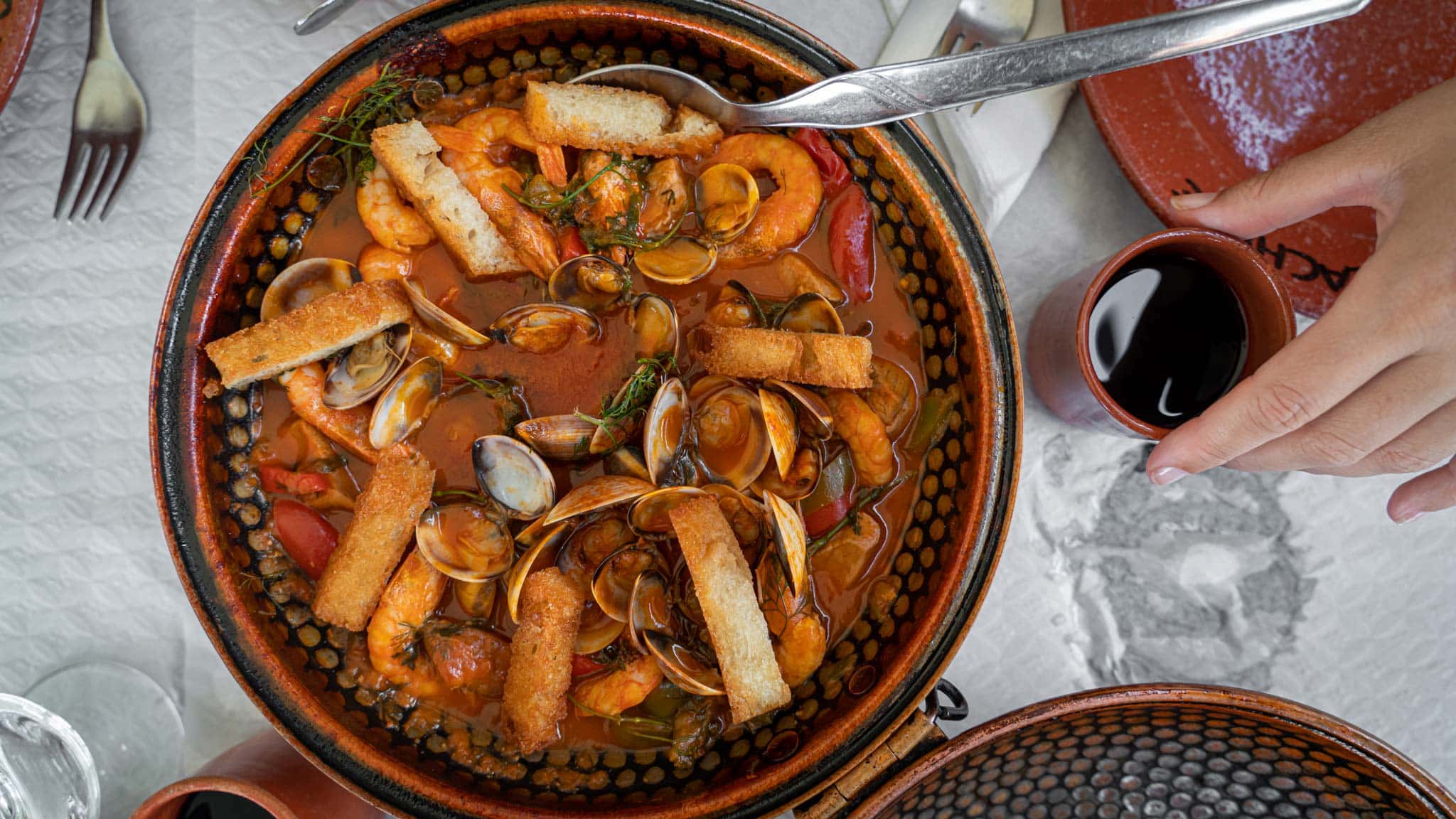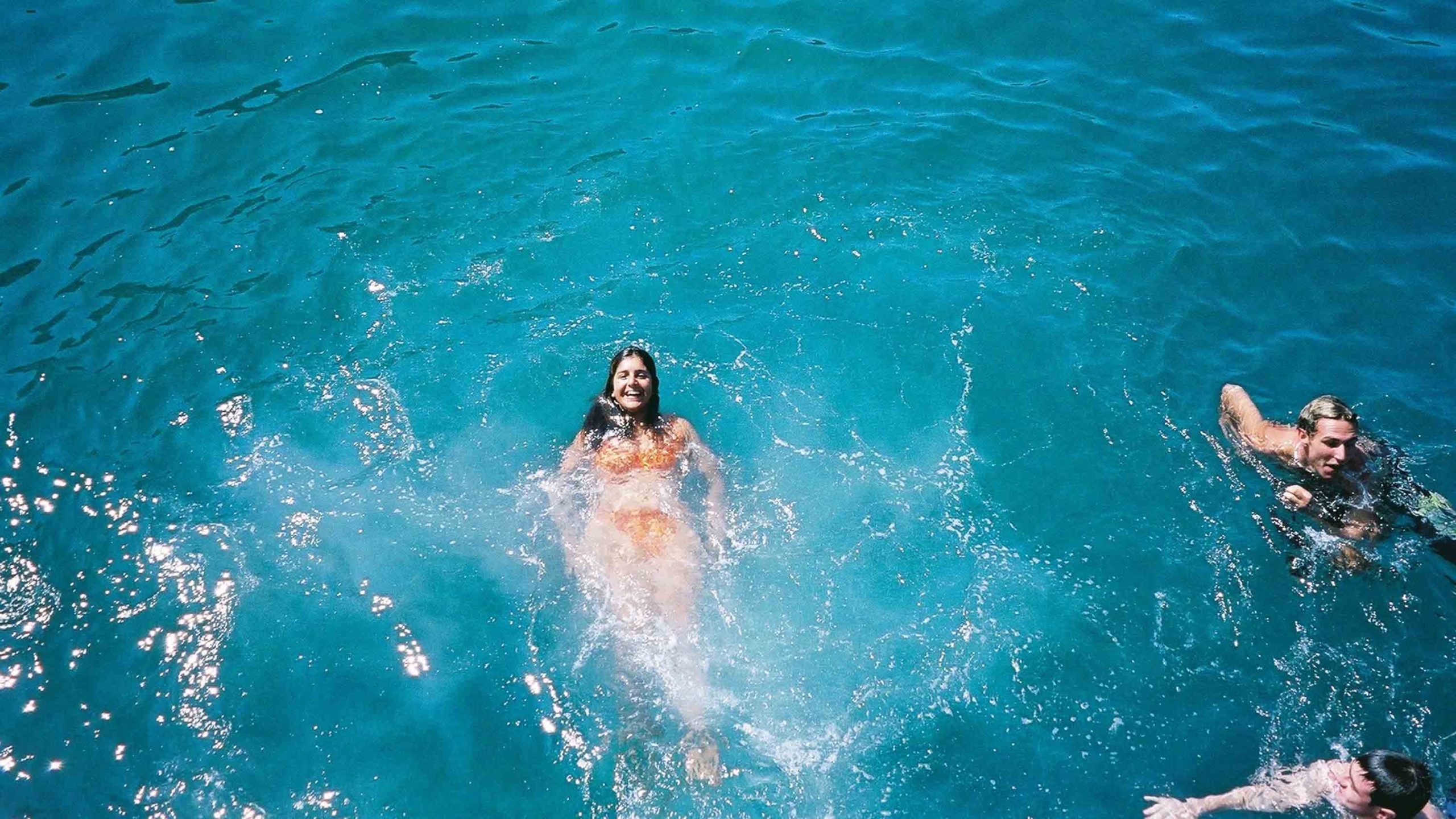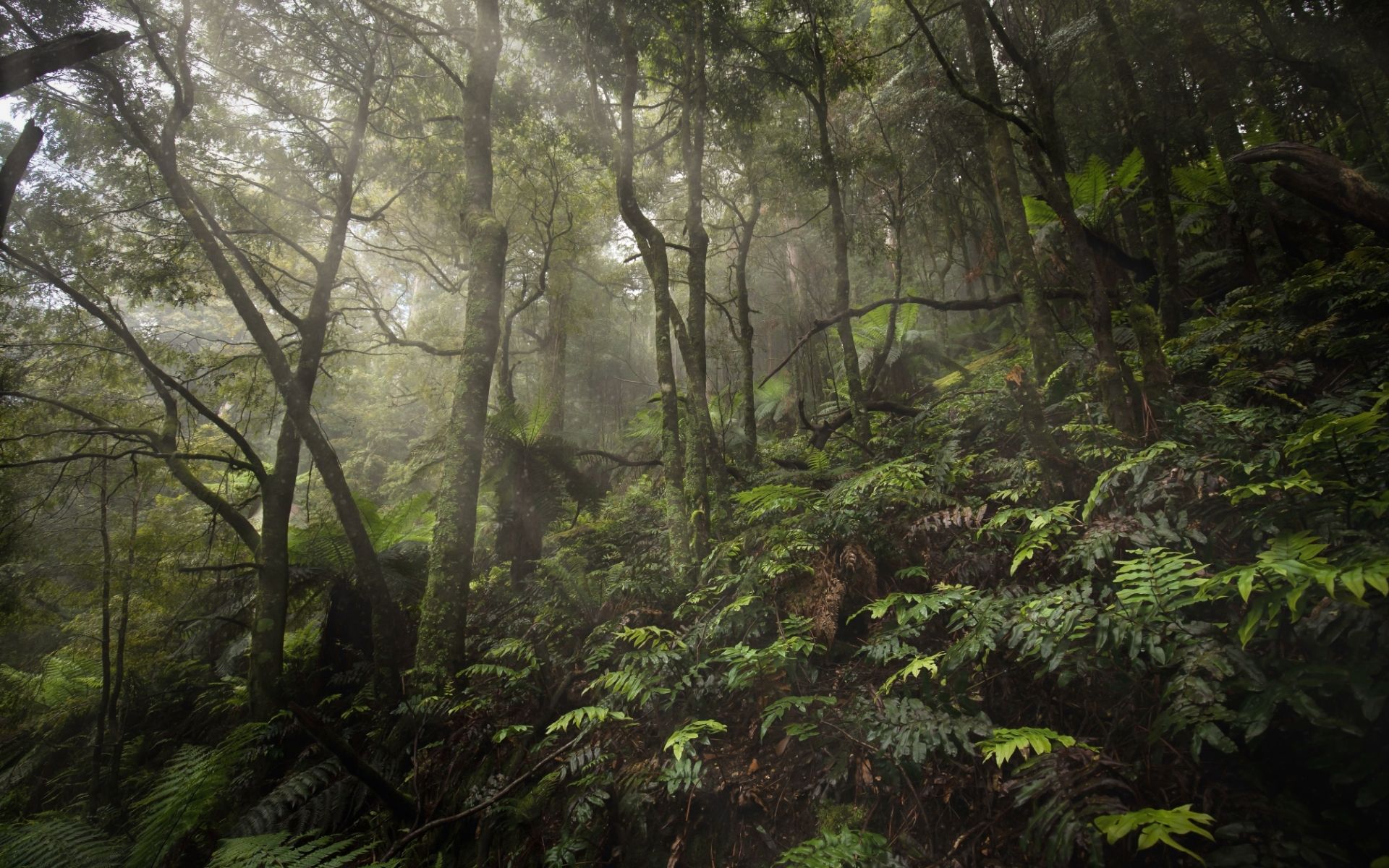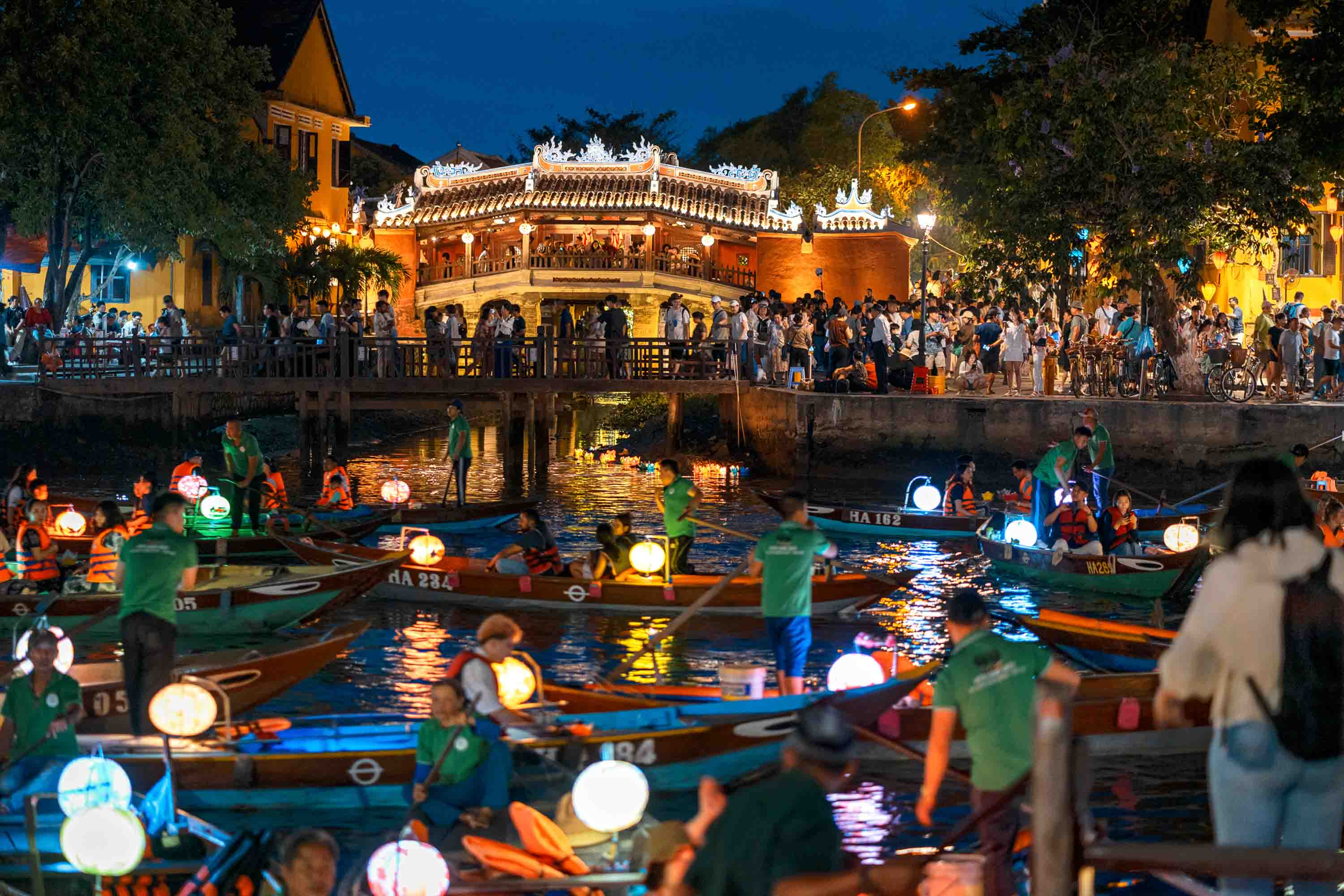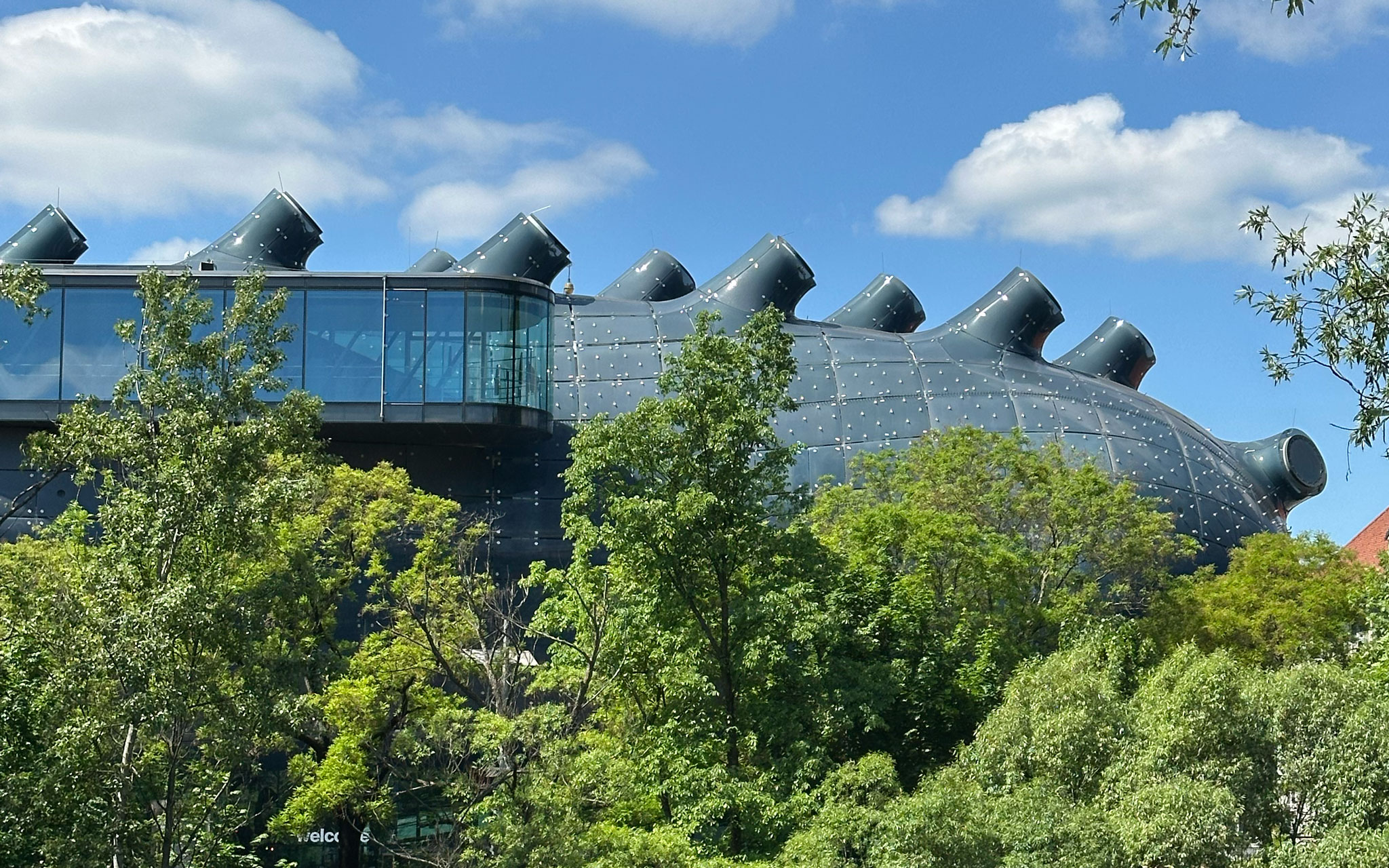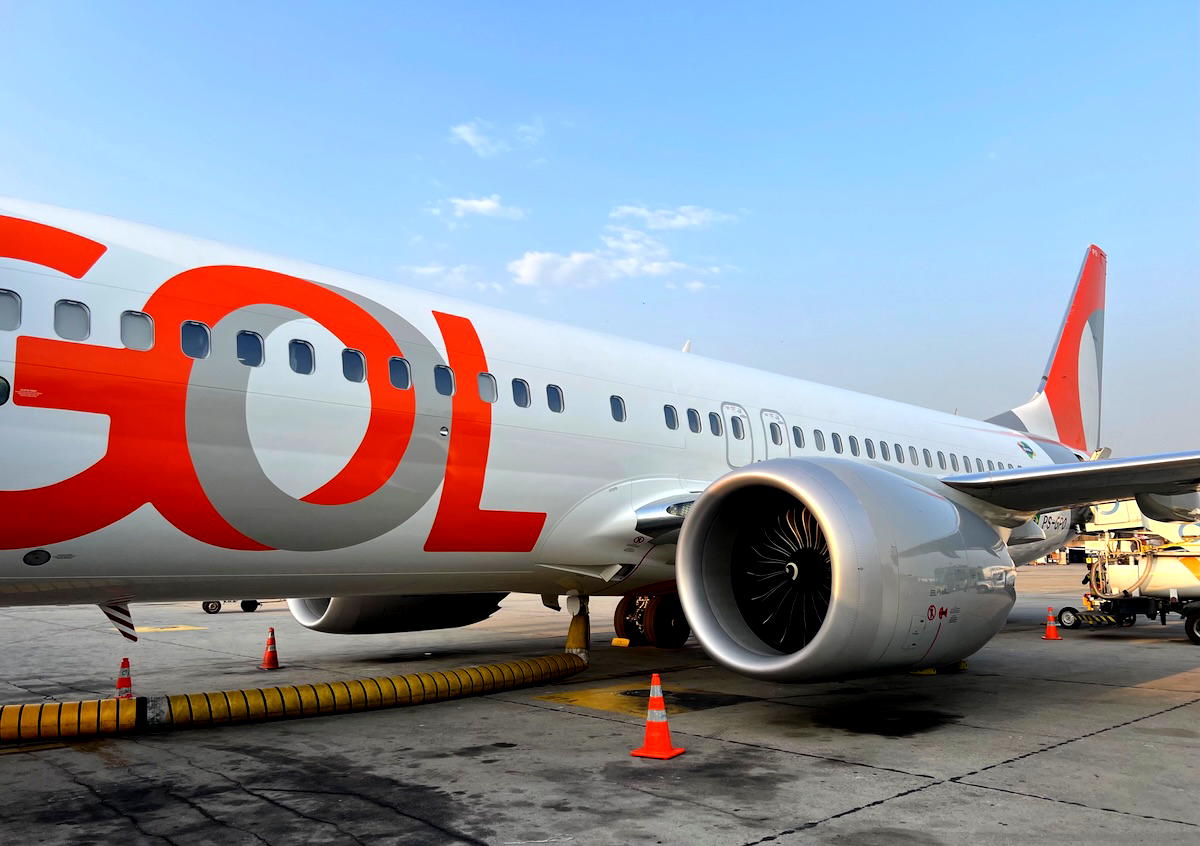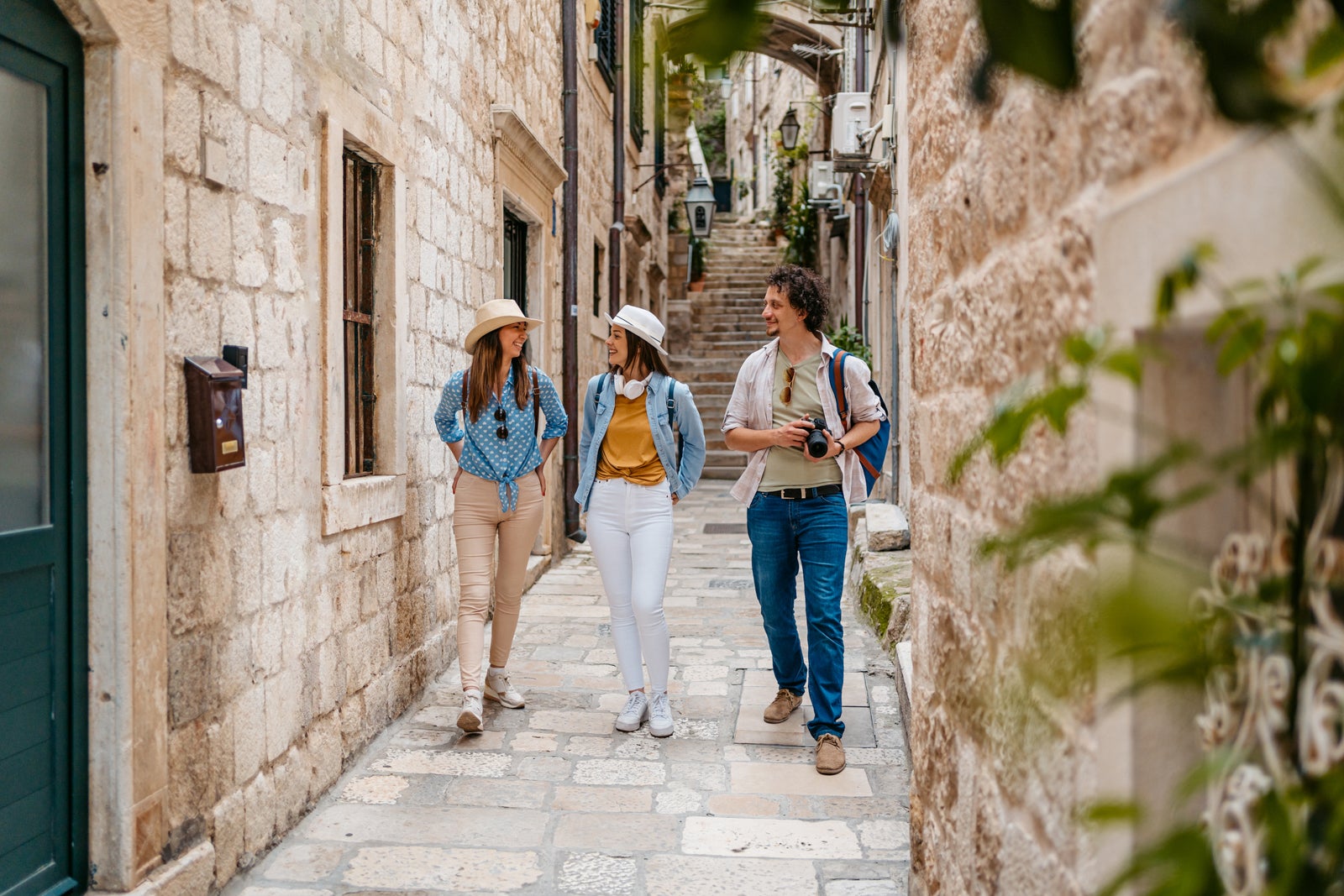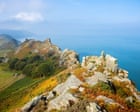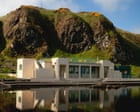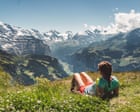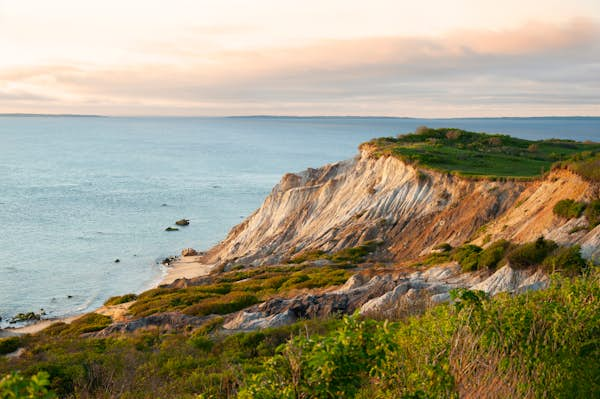The ultimate 7-day summer itinerary in the French Alps
The French Alps are spectacular in summer. Follow our week-long itinerary to experience the best France’s alpine paradise after the snow melts.

The French Alps might be famous as a winter time playground, but after the snow melts and the roads clear, it has its own kind of magic in the summer.
Warm weather lends itself to ambling in village old towns or taking an evening strolls by the lake in fairy-tale Annecy. Then there are cable cars to myriad walks for jaw-dropping views of Mont Blanc (Western Europe’s highest peak), plus motoring enthusiasts will relish the chance to drive over Col de l’Iseran – the Alps highest mountain pass.
You'll also visit Bonneval-sur-Arc, an Alpine village of incomparable charm, before winding your trip out at St-Véran, France’s highest settlement. Along this route you have plenty of opportunities to also take on some adrenaline-laced mountain adventures, followed by evenings bar hopping, fine dining and star gazing.
Follow this seven-day itinerary for a spectacular tour of the Alps in summer. And if time allows, stay longer and add more incredible hikes, swimming, and mountain biking (to name just a few summer pursuits) all on your doorstep in this region of France.
1. Annecy
Best for lakeside cycling, wild swimming or paragliding
There’s no dreamier introduction to the French Alps than Annecy. The mountains rise steep, wooded and snowcapped above startlingly turquoise Lake Annecy, providing a sublime setting for the medieval town’s photogenic jumble of geranium-strewn houses, romantic canals and turreted rooftops. Summer is the prime time to visit, when everyone is outdoors, socialising at pavement cafes, swimming in the lake (among Europe’s purest) and boating, walking or cycling around it.
Wander through the narrow medieval streets of the Vieille Ville (Old Town) to find the whimsical 12th-century Palais de l’Isle. Next stroll the tree-fringed lakefront through the flowery Jardins de l’Europe, linked to the popular picnic spot Champ de Mars by the graceful Pont des Amours (Lovers’ Bridge) and presided over by the dour, commanding Château d’Annecy.
Rent bikes and cycle the paths encircling the lake, passing by several pretty beaches en route. Boats can be hired along the canal-side quays, and several companies offer adventure sports. For something more even more exciting, take to the skies and join a tandem flight paragliding over the glistening lake.
Evening street performers feature during July’s Les Noctibules festival, and there are lakeside fireworks during August’s Fête du Lac.
Driving from Annecy to St-Gervais-les-Bains: This 70km (43-mile) drive starts with a pretty southeast run along Annecy’s lakefront, passing through the wildlife-rich wetlands of Bout du Lac on the lake’s southern tip before continuing east on the D1508, then northeast on the D1212 and D909 into St-Gervais.
2. St-Gervais-les-Bains
Best for accessible mountain views
Basking in the shadow of Mont Blanc, St-Gervais-les-Bains is a peaceful Savoyard village, centered on a baroque church and old-fashioned carousel. Panoramic hiking trails in the Bettex, Mont d’Arbois and Mont Joly areas head off from town. Some of the best mountain-biking terrain is marked between Val d’Arly, Mont Blanc and Beaufortain.
For spirit-soaring mountain views with zero effort, board the Tramway du Mont Blanc, France’s highest train. Train buffs will also love the narrow-gauge Mont Blanc Express, which trundles along a century-old rail line from St-Gervais to Martigny in Switzerland.
Driving from St-Gervais-les-Bains to Chamonix: The 24km (15-mile) route to Chamonix follows the D902, N205 and D243 into the heart of the Alps. 
3. Chamonix
Best for plentiful fun diversions
An outdoors playground of epic proportions, Chamonix sits directly at the foot of Western Europe’s highest peak, the bone-white dome of Mont Blanc (4810m/15,780ft).
Climbers with the necessary skill and stamina flock here to tackle any number of iconic Alpine routes, including the incomparable Mont Blanc ascent. If you’re not quite ready to scale the big one, consider circumnavigating it on the classic eight- to 11-day Tour du Mont Blanc, which takes in majestic glaciers and peaks in France, Italy and Switzerland. Local outfitters organize excursions that include half-board in refuges (mountain huts), lift tickets and luggage transport.
Other peak experiences here include Chamonix’ dozens of day hikes, the unforgettable cable-car ascent to Aiguille du Midi and the Montenvers train ride to France’s largest glacier, the Mer de Glace (Sea of Ice). Chamonix also has an unparalleled menu of adrenaline sports including rafting, canyoning, mountain biking and paragliding.
If pushing yourself outside your comfort zone does not appeal, fear not: for there’s wildlife to spy, food to eat, and Chamonix nightlife to lap up.
Driving from Chamonix to Val d’Isère: Take the E25/N205 southeast through the Mont Blanc Tunnel into Italy. From the Aosta/Courmayeur exit, continue southwest back toward France along the SS26. Once across the border, follow the D1090 and D84 southwest, then the D902 southeast into Val d’Isère. 
4. Val d’Isère
Best for mountain biking in summer
This world-renowned, end-of-the-valley resort is home to the gargantuan Espace Killy skiing area, named after French triple Olympic gold medallist Jean-Claude Killy. Summer visitors come to hike, mountain bike and enjoy off-season hotel discounts.
The trails weaving into the nearby valleys of Parc National de la Vanoise are a hiker’s dream. For more of a challenge, play among the peaks at neighboring La Daille’s two vie ferrate (assisted climbing routes).
Mountain biking is big in Val. Five lifts offer cyclists access to 16 downhill routes, seven endurance runs and two cross-country circuits. Bike rental is available at local sport shops. The Bureau des Guides can arrange guided hiking, mountain biking, canyoning and rock-climbing excursions. And there are also plenty of family-friendly activities – from donkey trekking to farm visits, you’ll find something to keep kids happy here.
Driving from Val d’Isère to Col de l’Iseran: Prepare for a dizzying climb as you leave Val d’Isère, steeply switchbacking 17km (10.5 miles) up the D902 to Col de l’Iseran.
5. Col de l’Iseran
Best for spellbinding views
No doubt about it, you’ve gained some serious altitude here. Indeed, the D902 over Col de l’Iseran (2770m/9087ft) is the highest paved through road in Europe. Meteorological conditions at the summit are notoriously fickle. The Tour de France stage that was supposed to pass through here on July 8, 1996 had to be rerouted due to snow and -5°C (23°F) temperatures. In winter, the winter closure of the Col de l’Iseran blocks direct road access from Val d'Isère, thereby protecting the sizable Val Cenis ski area from crowds.
Driving from Col de l’Iseran to Bonneval-sur-Arc: Keep your eyes on the road as you navigate the D902’s hairpin turns 14km (9 miles) downhill into Bonneval-sur-Arc.
6. Bonneval-sur-Arc
Best for photographic cottages
Heralded as one of the plus beaux villages de France (prettiest villages), this high-mountain hamlet is filled with stone and slate cottages that wear their winter preparations proudly (notice all the woodpiles up on second-floor porches).
Bonneval makes a tranquil base for exploring Parc National de la Vanoise, whose rugged snow-capped peaks, mirror-like lakes and vast glaciers dominate the landscape between the Tarentaise and Maurienne Valleys. This incredible swath of wilderness was designated France’s first national park in 1963, protecting habitat for marmots, chamois and France’s largest colony of ibexes, along with 20 pairs of golden eagles and the odd bearded vulture.The park is a hiker’s heaven between June and September. The Grand Tour de Haute Maurienne, a seven-day hike around the upper reaches of the valley, takes in national-park highlights. For information on local day hikes, visit Bonneval-sur-Arc’s tourist office.
Driving from Bonneval-sur-Arc to Col du Galibier: Cruise 55km (34 miles) down the Arc River valley on the D902/D1006 through Lanslebourg and Modane to St-Michel de Maurienne, then climb 35km (22 miles) through the resort of Valloire to the ethereal heights of Col du Galibier.
7. Col du Galibier
Best for changing landscapes
The signposts say you’re simply crossing the departmental border from Savoie into the Hautes Alpes. The landscape says that you’ve entered another universe. Col du Galibier (2642m/8667ft) is a staggeringly beautiful Alpine pass, whose forbidding remoteness may make you feel like the last living person on earth. To the west lies the Parc National des Écrins high-country wilderness. Stop and savor the top-of-the-world feeling before returning to the squiggling ribbon of roadway below.
Driving from Col du Galibier to Briançon: Despite the distance on the signpost (35km/22 miles), the incredibly twisty and scenic descent into Briançon on the D902 and D1091 feels longer. Stupendous views will stop you in your tracks every couple of minutes. Enjoy every horn-tooting, head-spinning, glacier-gawping moment, with views of thundering falls, sheer cliffs and jagged peaks razoring above thick larch forests.
8. Briançon
Best for wandering cobbled lanes
Perched astride a high rocky outcrop, the fairytale walled city of Briançon affords views of the snowcapped Écrins peaks from almost every corner. The centre’s Italian ambience is no coincidence; Italy is just 20km (12 miles) away.
Briançon’s old town is a late-medieval time capsule, its winding cobbled lanes punctuated by shuttered, candy-colored town houses and shops selling whistling marmots. The steep main street, Grande Gargouille, links two town gates, Porte de Pignerol and Porte d’Embrun. Crowning the old city is the massive Fort du Château.
Briançon’s biggest drawcard is its ensemble of 17th- and early-18th-century structures designed by pioneering French military architect Vauban, including the old town’s signature star-shaped fortifications, the coral-pink Collégiale Notre Dame et St Nicolas, several nearby forts and the Pont d’Asfeld bridge.
There are outstanding hiking opportunities in the mountains of nearby Parc National des Écrins. For guided treks, glacier traverses, mountain biking, rafting, kayaking, canyoning and via ferrate, check with Bureau des Guides et Accompagnateurs.
Driving from Briançon to St-Véran: From Briançon, resume your way southeast along the D902, then via the D947 and D5 to your final stop, St-Véran. Only 28km (17 miles) as the crow flies, this last section of tightly folded mountain road works out to 55km (34 miles) – and around two hours behind the wheel!
9. St-Véran
Best for feeling on top of the world
What more fitting place to wind up a tour of the roof of Europe than France’s highest village? Nestled a cool 2040m (6992ft) above sea level, in the midst of the Parc Naturel Régional du Queyras, St-Véran is listed as one of France’s most beautiful villages and offers serene hiking in all directions. 
Top tips for touring the French Alps
- Run by the state-owned SNCF, France’s rail network is first-class, with extensive coverage of the country and frequent departures. Annecy is accessible by train from Lyon and Paris, and you can pick-up a rental car near the train station. Briançon is also blessed with a train station for onward travel.
- Covoiturage (ride sharing) has been around for decades in France but is now much easier to arrange thanks to smartphone apps. Organizations that put people looking for rides in touch with drivers going to the same destination include BlaBlaCar. Passengers help share costs such as fuel.
- Chair lifts and cable cars in France’s ski resorts are open for walkers and mountain bikers during the summer season, making high-altitude alpine hiking that much more accessible.
- Acute Mountain Sickness (AMS) usually develops in the first 24 hours at altitude. Mild symptoms include headache, lethargy, dizziness, difficulty sleeping and loss of appetite. Treat mild symptoms by resting at the same altitude until you recover, which usually takes a day or two. If symptoms persist or grow worse, immediate descent is necessary.
- English is widespread in Paris and other other big cities, but step into la France profonde (rural France) and you’ll need some key French phrases mastered before you arrive.
- Tune into FIP Radio for contemporary jazz, chansons and electronic tunes for the perfect soundtrack for your mountain drive.
This article was adapted from Lonely Planet’s Best Road Trips: France guidebook, published in January 2024.



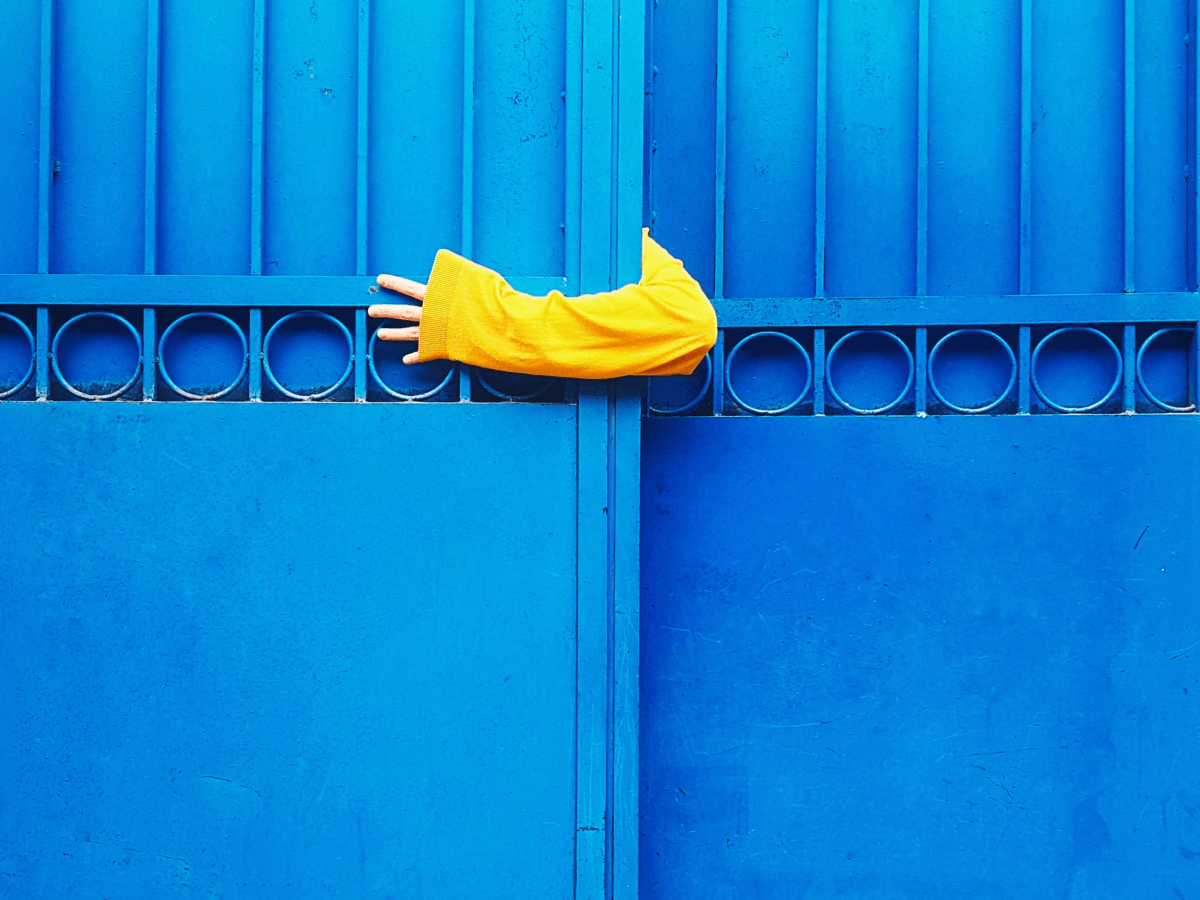


















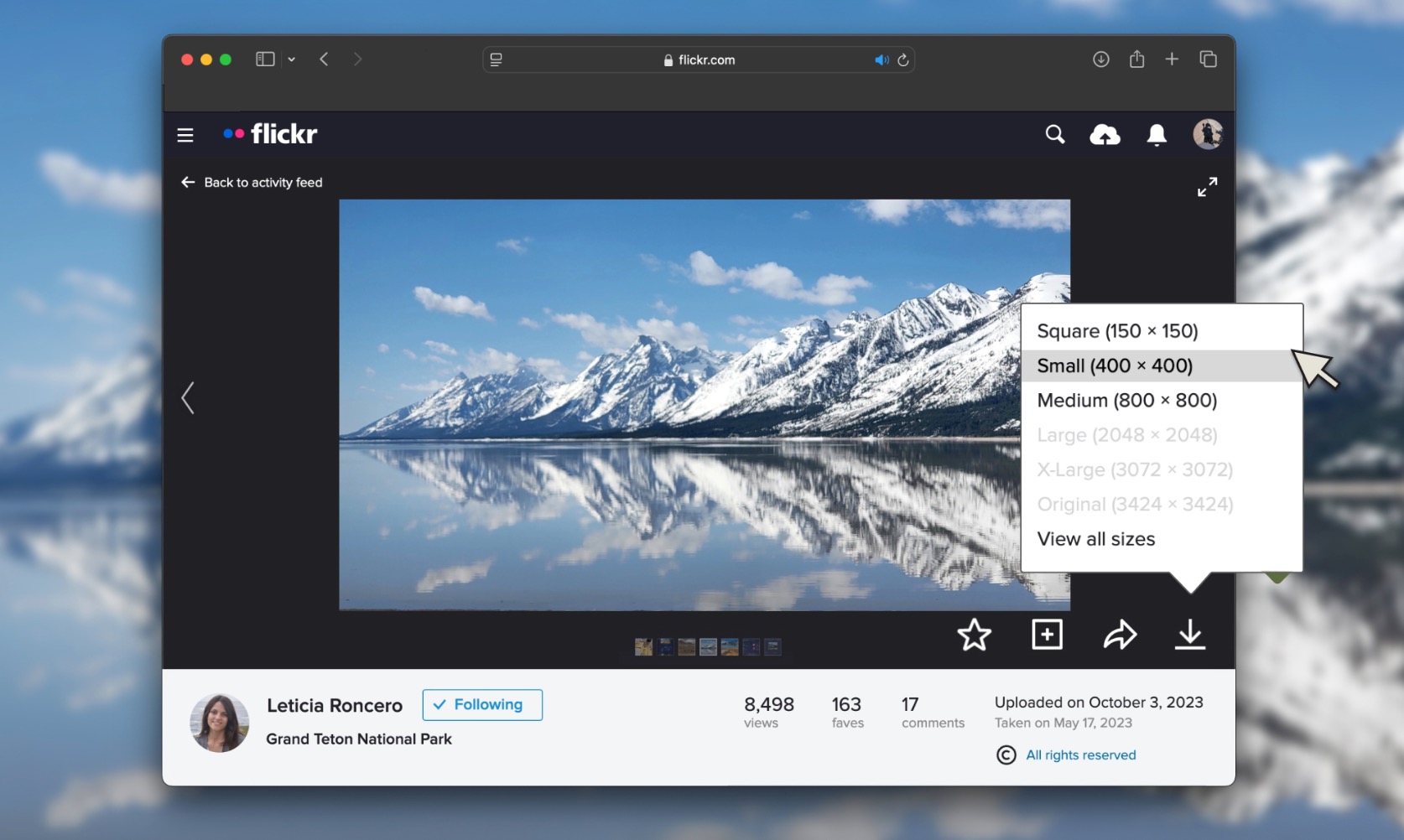






















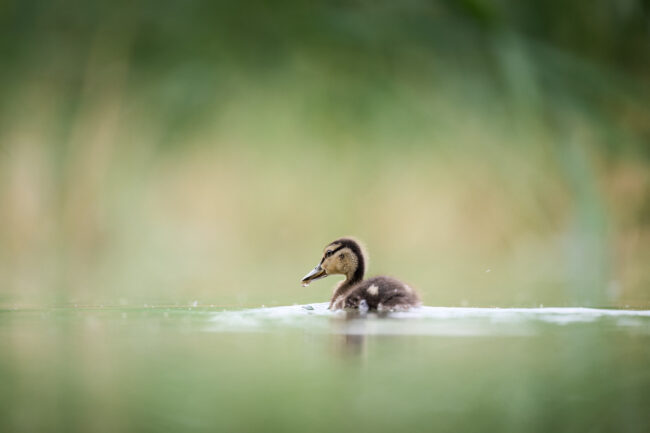

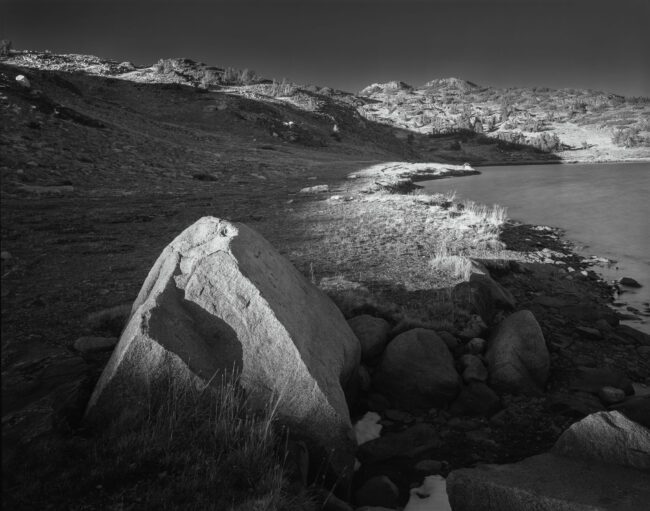










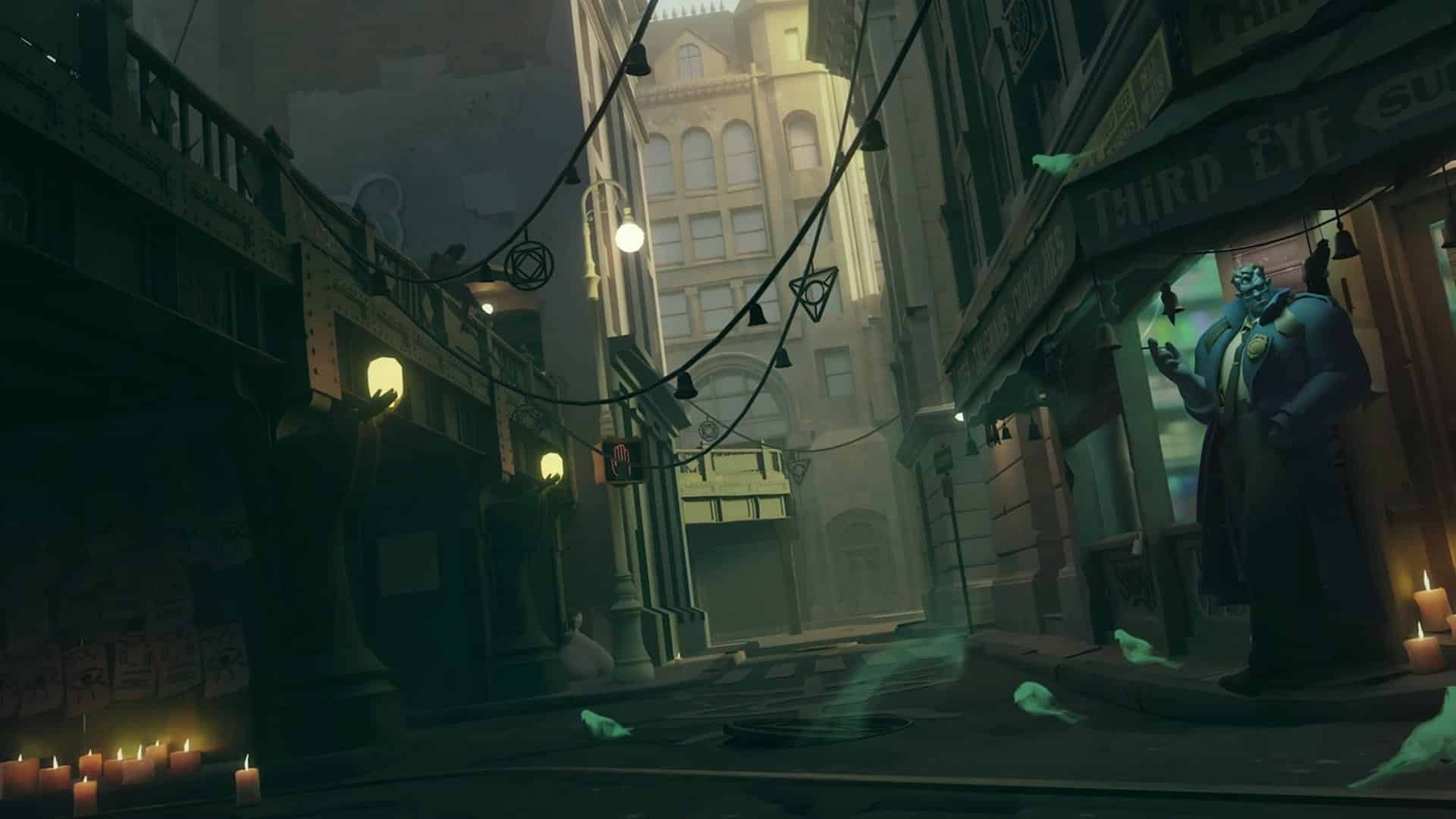








































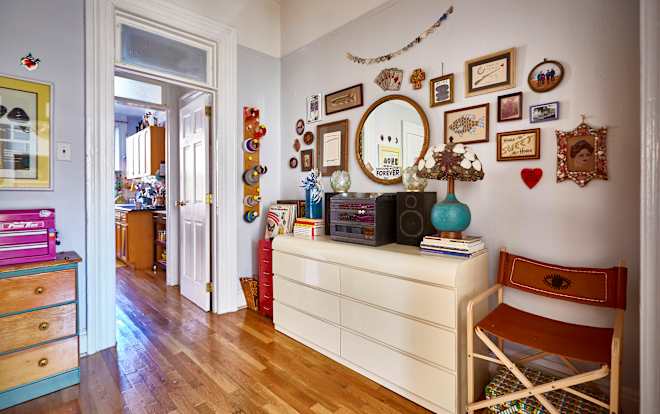

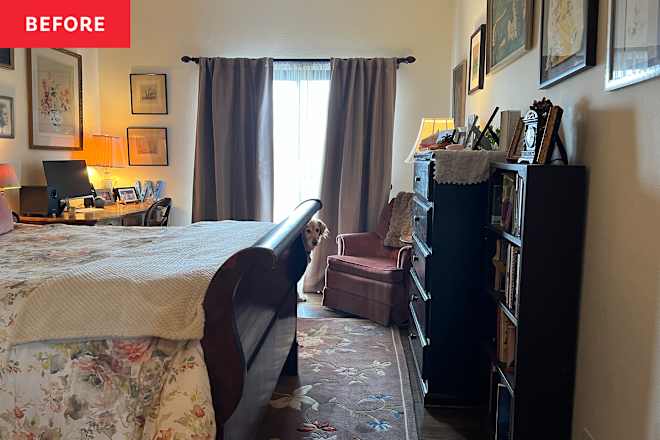









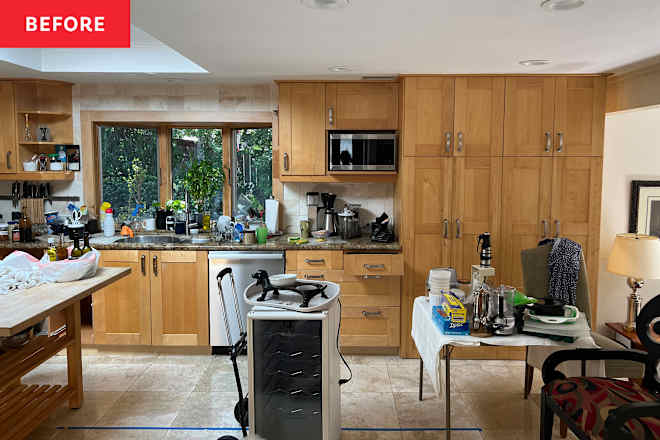

























































.png)

.jpg)





